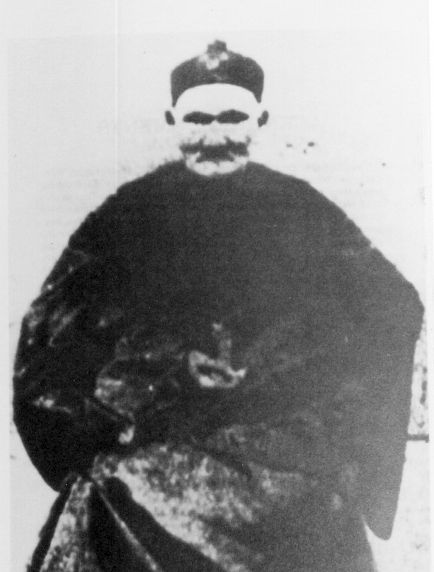Echolocation is how bats fly around in dark forests – they emit a sound, wait for the echo to return, and use that sound of the echo in each ear plus the return time to work out where an object is and how far away. Surprisingly (well, maybe not on this list!), humans are also capable of using echolocation. Use of echolocation is probably restricted to blind people because it takes a long time to master and heightened sensitivity to reflected sound.
To navigate via echolocation a person actively creates a noise (e.g. tapping a cane or clicking the tongue) and determines from the echoes where objects are located around them. People skilled at this can often tell where an object is, what size it is, and its density. Because humans cannot make or hear the higher pitched frequencies that bats and dolphins use they can only picture objects that are comparatively larger than those ‘seen’ by echolocating animals.
People with the ability to echolocate include James Holman, Daniel Kish, and Ben Underwood. Perhaps the most remarkable and well-documented of cases is the story of Ben Underwood, who lost both his eyes to retinal cancer at the age of three. He is shown in the video above (warning: the scene where he puts in his prosthetic eyeballs may be a bit disturbing for some).














 The world's tallest man ever recorded in the history of mankind - Robert Wadlow, was born in Alton, Illinois, in 1918, and was 6 feet tall by the time he was even eight years old. He suffered from the disorder Gigantism that makes the lower portions of the body extremely large, while the head and torso remain at normal sizes. This is caused by a pituitary gland tumor that excretes large amounts of growth hormone, resulting in the disorder that is technically called as acromegalic gigantism. He reached a final height of 8 feet 11 inches at the age of twenty-one years, and finally died of an inflamed leg.
The world's tallest man ever recorded in the history of mankind - Robert Wadlow, was born in Alton, Illinois, in 1918, and was 6 feet tall by the time he was even eight years old. He suffered from the disorder Gigantism that makes the lower portions of the body extremely large, while the head and torso remain at normal sizes. This is caused by a pituitary gland tumor that excretes large amounts of growth hormone, resulting in the disorder that is technically called as acromegalic gigantism. He reached a final height of 8 feet 11 inches at the age of twenty-one years, and finally died of an inflamed leg.



